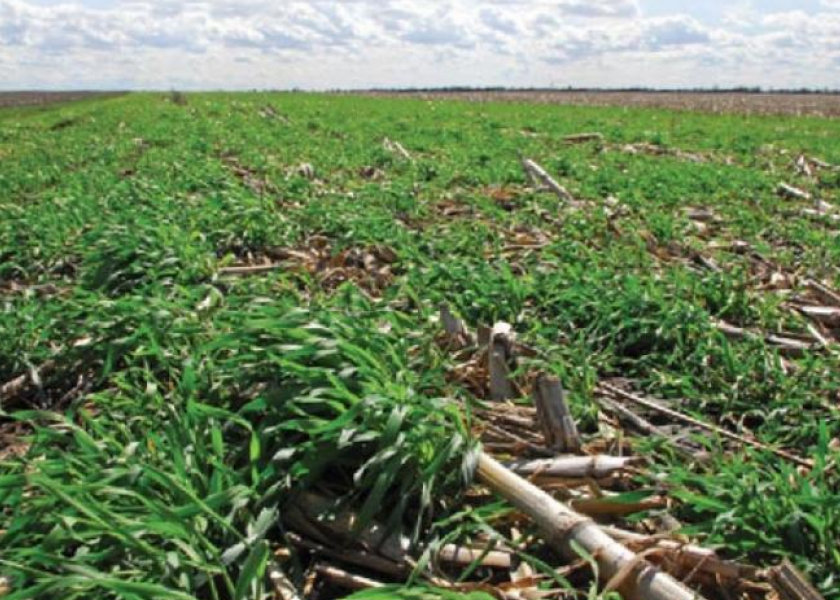Iowa Study: Soil Conservation Practices On The Rise

Beginning in the 2017 growing season, The Iowa Nutrient Research & Education Council (INREC) has worked over the past six years with Iowa State University and local ag retailers to study the progress of conservation practices used on the state’s crop acres.
The survey uses records from ag retailers to measure the use of cover crops, nutrient management and conservation tillage and no-till by Iowa growers. When comparing their latest data from the 2022 growing season with 2017’s records, researchers found a significant increase in the adoption of these practices – most notably in the number of cover crop acres planted.
“Iowa cover crop planting has skyrocketed to a record 3.8 million acres over the first decade of the Iowa Nutrient Reduction Strategy, and that clearly demonstrates that Iowa farmers and landowners are taking on the challenge of improving Iowa’s water quality by accelerating this important conservation work,” said Iowa Secretary of Agriculture Mike Naig. “With the help of ag retailers and other conservation professionals, as well as both public and private sector partners, programs, and incentives, I know our farmers and landowners will continue to push these statewide cover crop numbers ever higher.”
In 2022, Iowa growers planted 3.8 million acres of cover crops – which is 16.6% of all corn and soy acreage. This is compared to 1.6 million acres of cover crops in 2017, or 6.9% of acres. Rye accounted for 81.2% of the cover crops planted over the past 6 years.
The survey also looks at nutrient management practices such as timing, rate, source and placement. It found 45% of nitrogen applications have occurred in the spring before planting, followed by fall-only applications at 20%.
As for phosphorus applications, there has been a notable increase in growers applying the nutrient only when the soil is at or below optimum levels for it – increasing from 74.3% of applications in 2017 to 95.4% in 2022.
The number of no-till acres in the state has remained relatively steady throughout the duration of INREC’s survey, averaging 35.8% of fields. It does, however, account for more overall corn and soy acres in the state than conventional tillage and conservation tillage practices.
INREC is currently preparing for its seventh year of the survey, which will be conducted this winter, and the Iowa State University Center for Survey Statistics & Methodology has randomly selected 150 ag retail locations to participate.
To review the data from each of the six current surveys, click here.







